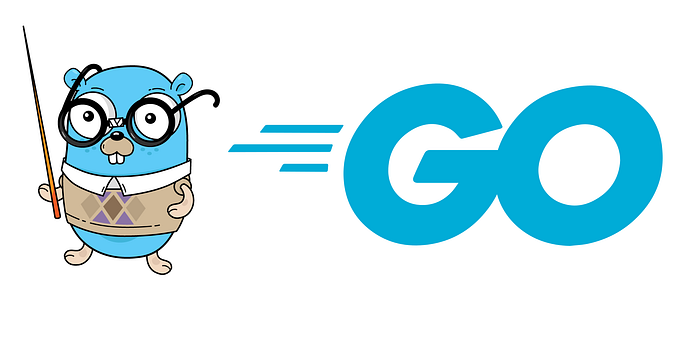Member-only story
Advanced Go Coding — Select
Mastering Go Select for Concurrent Programming: Real-World Use Cases from Kubernetes
In the Go world, select is a powerful tool exclusively designed for concurrent programming. Your mastering of select means that you have crossed the threshold of advanced Go concurrent programming.
select, compared with switch, has a similar syntax, but is way more complex and can be applied in more scenarios. In this article, we start with the principles and usages of select, dive deep into its applicable scenarios, pros and cons, and end with the best practices to keep you moving on the journey to advanced Go coding.
What is Select
The select statement for handling channel operations, awaiting one of the operations to complete to execute the corresponding code block.
select {
case msg := <-channel1:
fmt.Println("Received:", msg)
case channel2 <- "Hello":
fmt.Println("Sent message to channel2")
default:
fmt.Println("No communication")
}- Each
casemust involve a channel operation, either receiving a message or sending a message. selectblocks and pauses to execute until a case meets the conditions. In the example above, channel 1 can be executed once there is a message while channel 2…







